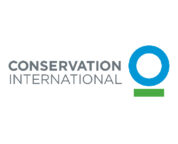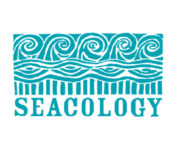Nine experts from around the world are working together this week in Raja Ampat, West Papua, in a research and implementation project on sustainable energy, clean water supply, and sustainable management for resilient islands in Indonesia.
The “Workshop in Sustainable Islands” held in Papua Diving from Monday (16th October 2017) until Friday is organized by the Dutch University of Twente, which holds the title of the most entrepreneurial university in the Netherlands, in cooperation with the Raja Ampat Research and Conservation Centre (RARCC) and Papua Diving.

Kri Eco Resort – Papua Diving (Credits Jennifer Idol)
Max Ammer, the RARCC’s director and co-founder and manager of Papua Diving, mentioned during his presentation today the challenges he faced to start operating in sustainable tourism in a remote area and making a difference in Raja Ampat. The RARCC is a Dutch and Indonesian NGO that has been supporting the indigenous communities to start their own businesses in conservation and protecting the environment. It has also been working in education and supporting researchers.
Working in the area since 1993, the Dutch-born explained for instance that he has to look for simple solutions instead of the most sophisticated technologies due to the time and energy consumed to bring equipment into Indonesia, especially Papua, and also bearing in mind how hard it is to maintain sophisticated equipment in remote areas. Besides electricity, Max Ammer stressed out that many Papuans due to living in remote locations don’t have easy access to education, healthcare. “Even three meals a day are a luxury to many of them”, he underlined.
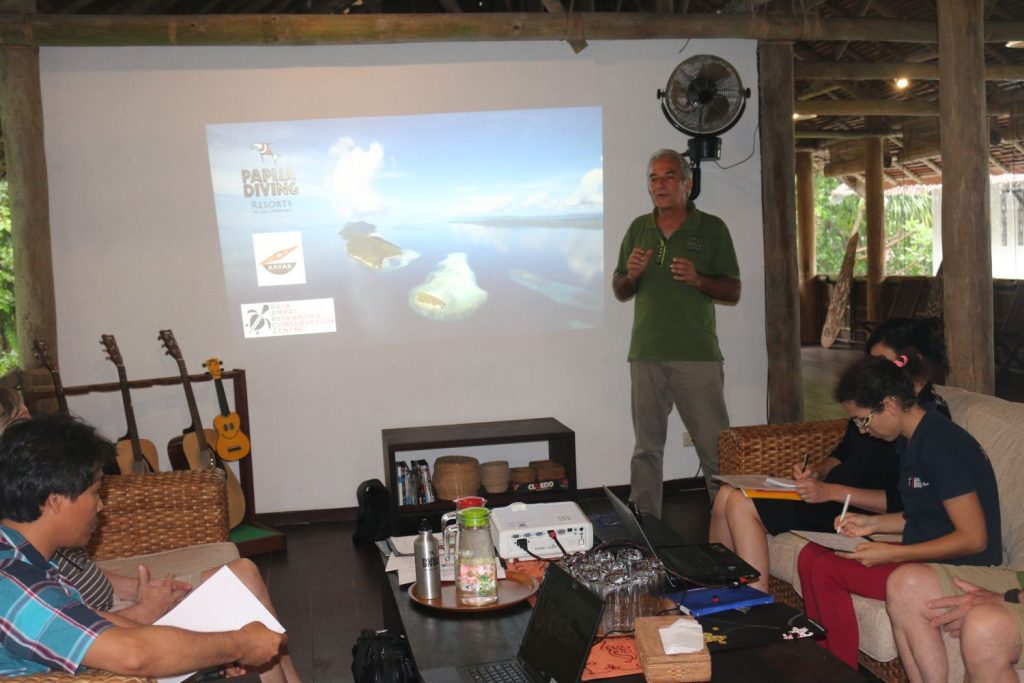
Max Ammer (Credits: Izul Zulkifli)
The RARCC is cooperating with the Japanese company Murata Manufacturing and the Indonesian Institute of Sciences (LIPI) in an innovative Energy Management System that manages energy by combining multiple power sources, inverter units, and energy storage.
Herbert Innah, lecturer of Electrical Engineering at the University of Cendrawasih, showed how hard it will be to achieve the Indonesia target to increase the electrification ratio (the percentage of households that are connected to the nation’s electricity grid) to 97% by 2019. In 2017, Papua had the worse electrification ratio in the country (48.74%), he said. The expert pointed out how expensive it is to bring fuel to remote areas in Papua because that can be done only by air, and how the contribution of renewable energy is still very small in the country.
Kunaifi, who is doing a PhD research at the University of Twente focused on developing a model of distributed photovoltaic systems to improve the resilience of electricity grids in Indonesia, highlighted in his presentation that “the Indonesia economy struggles with electricity supply deficits and low quality,” in such an extent that 35 million people in Indonesia had no electricity in 2015.
Izul Zulkifli, from the Office of Energy and Mineral Resources of Riau province, in Sumatra, talked about the development of new and renewable energy to increase electrification in Riau, such as solar photovoltaic (PV) systems, community-based biogas plants and micro hydropower plants.
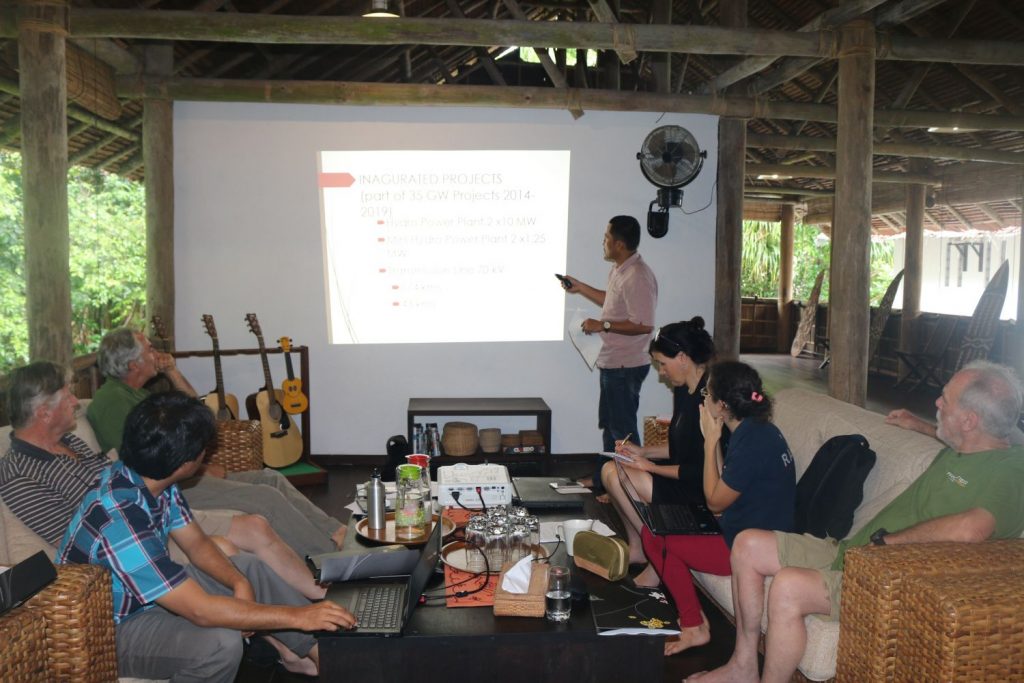
Herbert Innah (Credits: Izul Zulkifli)
“In most parts of Indonesia the use of solar PV systems is cheaper compared with the electricity from the grid,” but this alternative has not been applied to islands yet, Angèle Reinders, associate professor at the University of Twente and involved in ARISE. Solar PV systems can be silently applied in many ways, ranging from solar energy on buildings to solar-powered boats. “In remote locations, to avoid the use of polluting diesel gensets, it would make sense to combine solar energy with other forms of renewable energy technologies and local storage,” she said. “There would be economic, environmental and other benefits such as self-sufficiency of indigenous communities and improved quality of marine biodiversity such as can be found coral reefs”, the professor added.
Hans van Mameren, from Energy Renewed Pte Ltd, talked about new solutions for islands, such as “modular panel storage tanks that are easy to transport and to install,” since storage energy is a bigger issue on islands compared to the generation of green energy, and “hot thermal oil” for heating of water for kitchen and showers. Orange Delta has been working with Papua Diving and the RARCC to try to implement in Raja Ampat tidal hydro turbines.
On Tuesday (23rd October), Penny Hestianti Marsella, from PLN, told the other attendees the experience of PLN on the BangkaBelitung Islands, in Sumatra, where the electrification ratio is already 100%, even though the share of renewable energy is still small. The company is investing in solar energy, biogas, and biomass there because they “are easy to install in remote areas,” she mentioned.
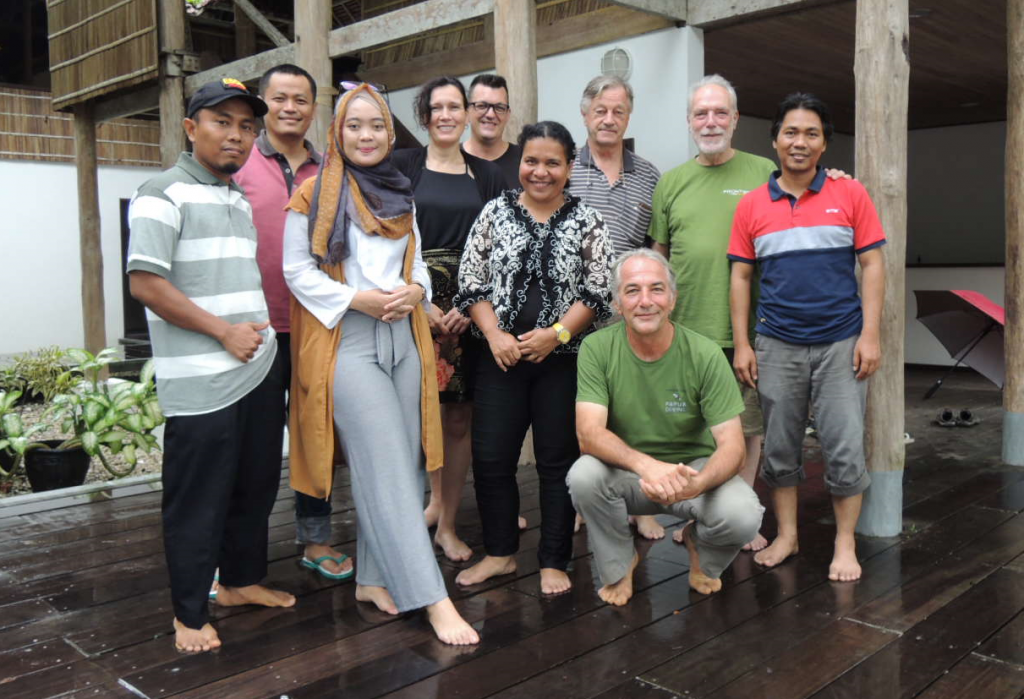
All the participants (Credits: Andreia Nogueira)
Frits Bliek, an expert from DNV GL and one of the pioneers in the field of smart grids, presented the PowerMatching City, which was pronounced one of the hundred most sustainable projects worldwide during the UN Conference on Sustainable Development in 2012. With this smart energy system, the consumers can generate their own energy and manage it.
Elisabeth Veronika Wambrauw, from the University of Cendrawasih, showed the audience how the Mauri Model Decision Making Framework has been implemented in the Southern Lowland Papua, Indonesia. This model, a sustainable assessment for indigenous communities in New Zealand, consider four indicators – economy, social, culture, and environment – and involves all the stakeholders in the decision making process.
After the two-day discussion, the attendees will write a report about sustainable islands by Friday.





